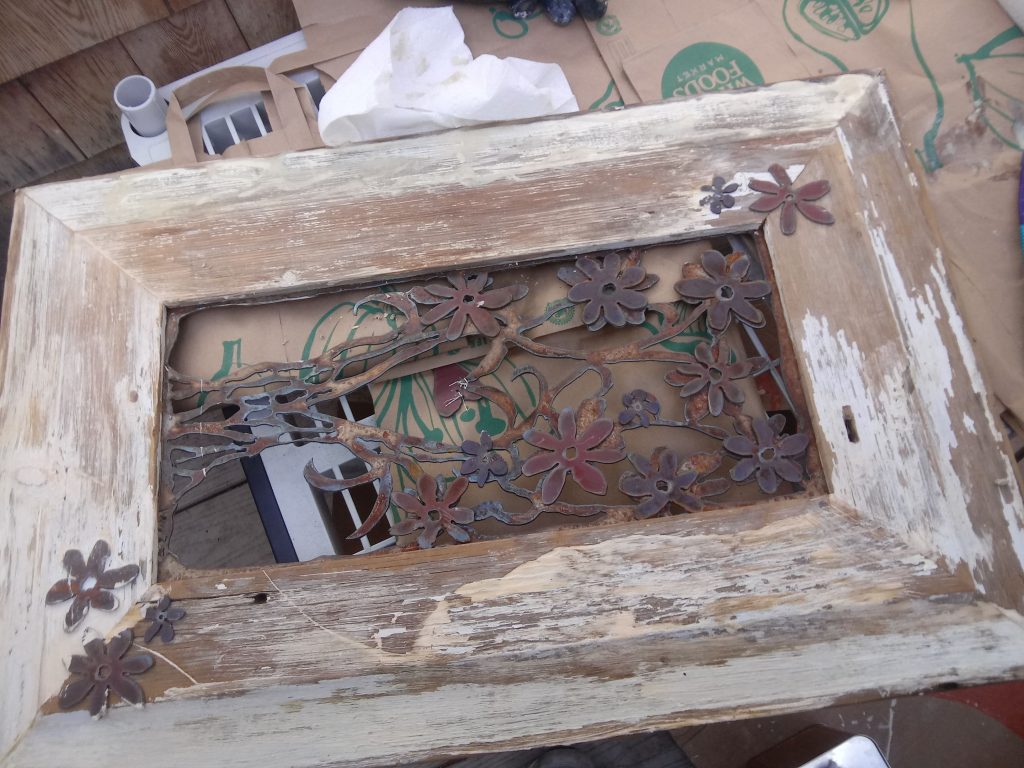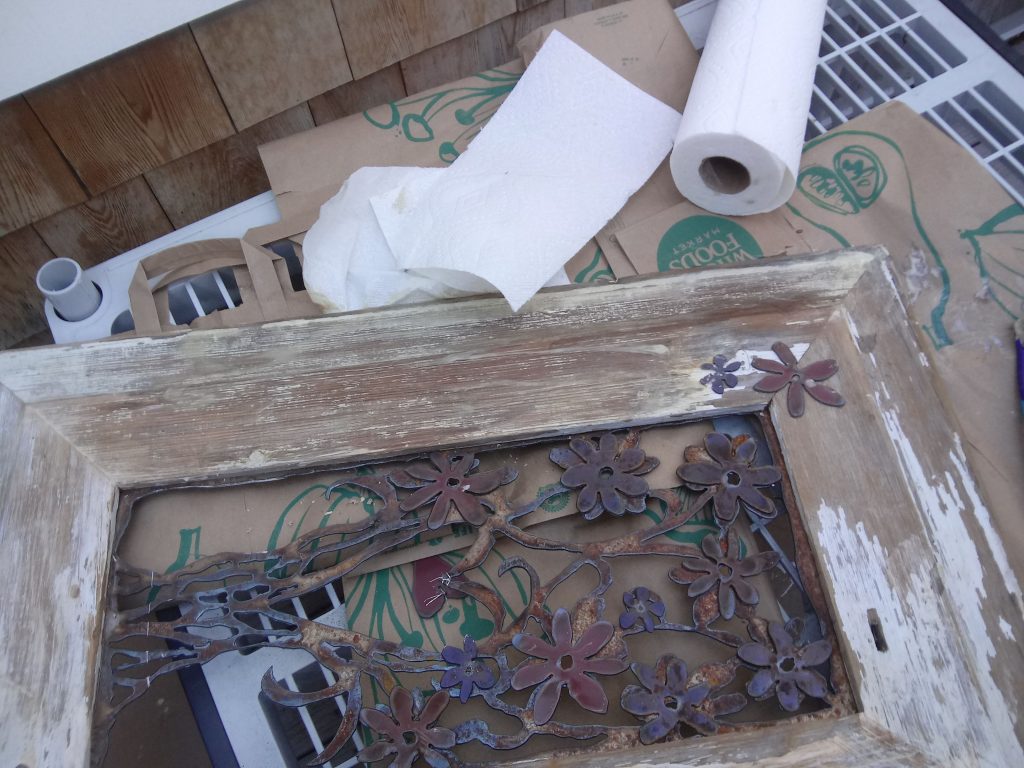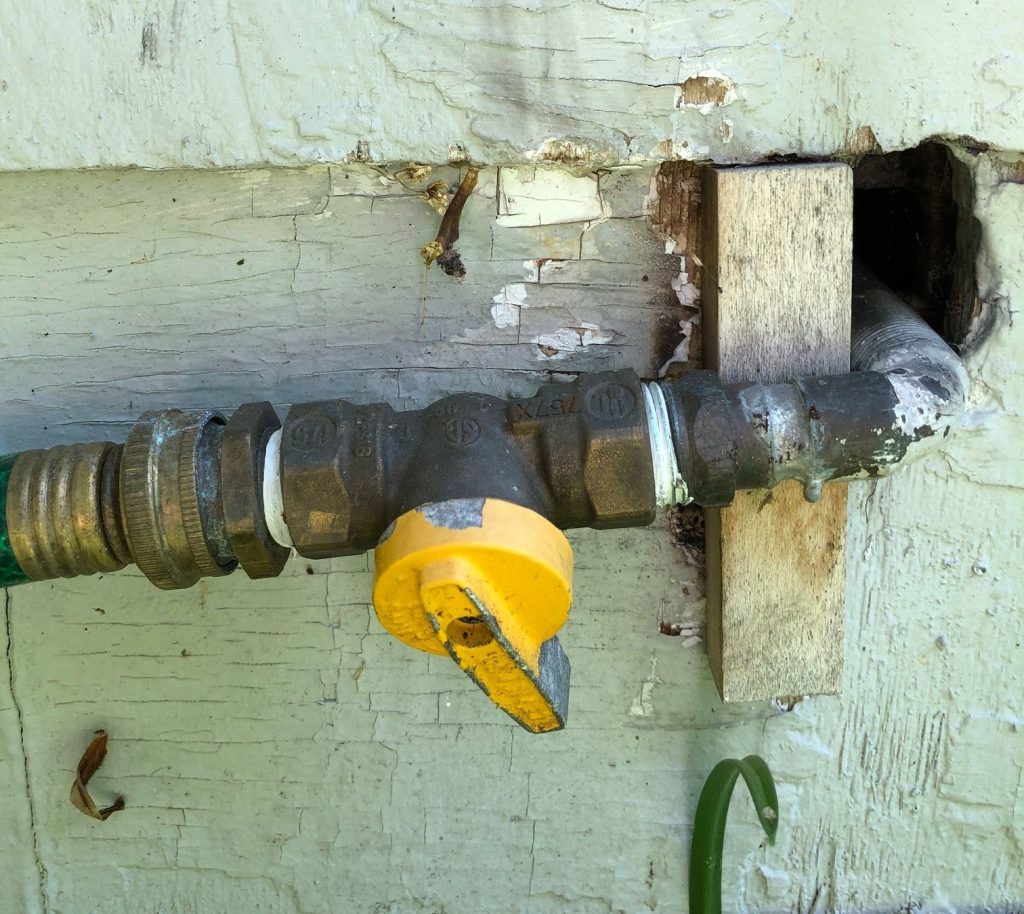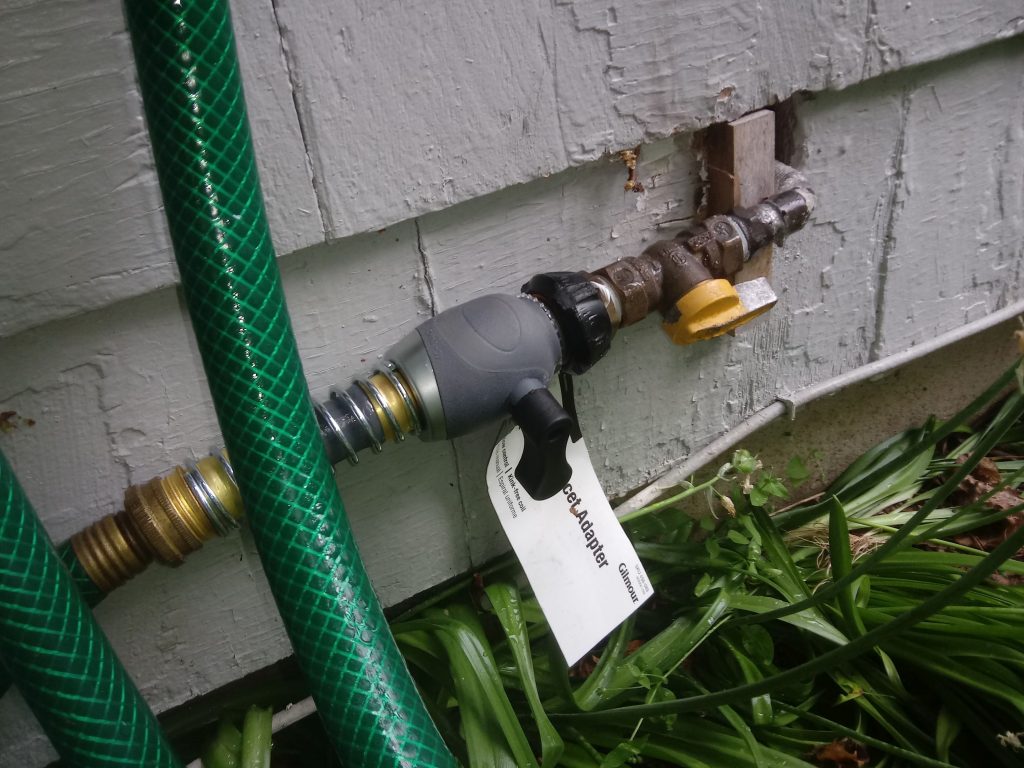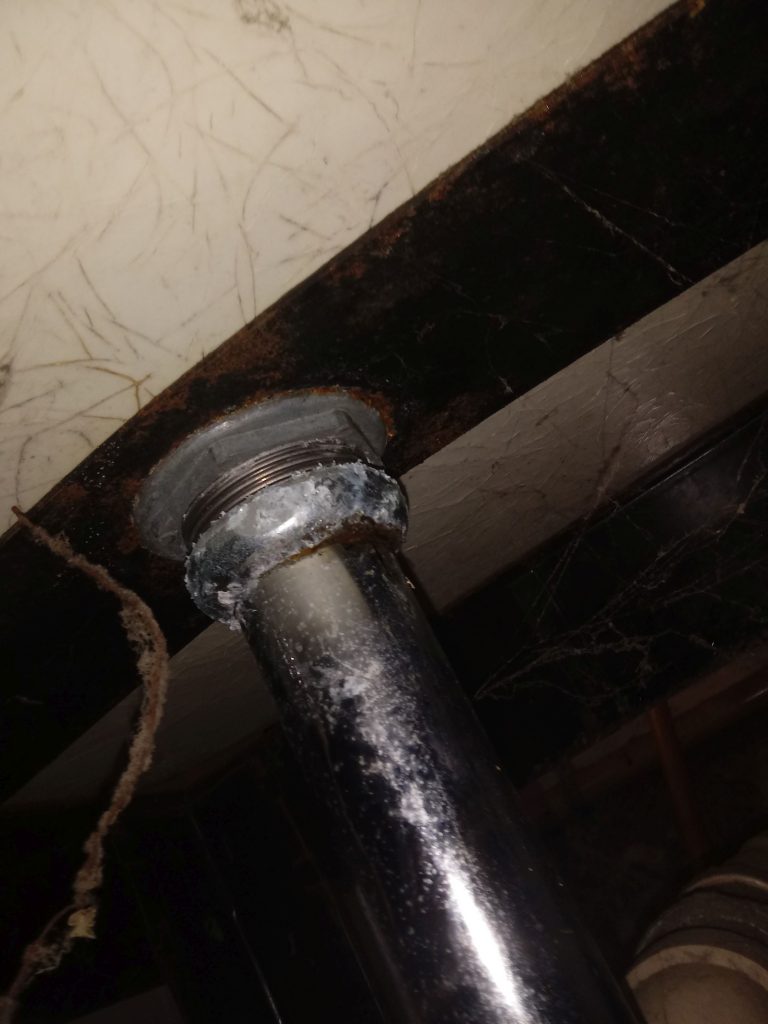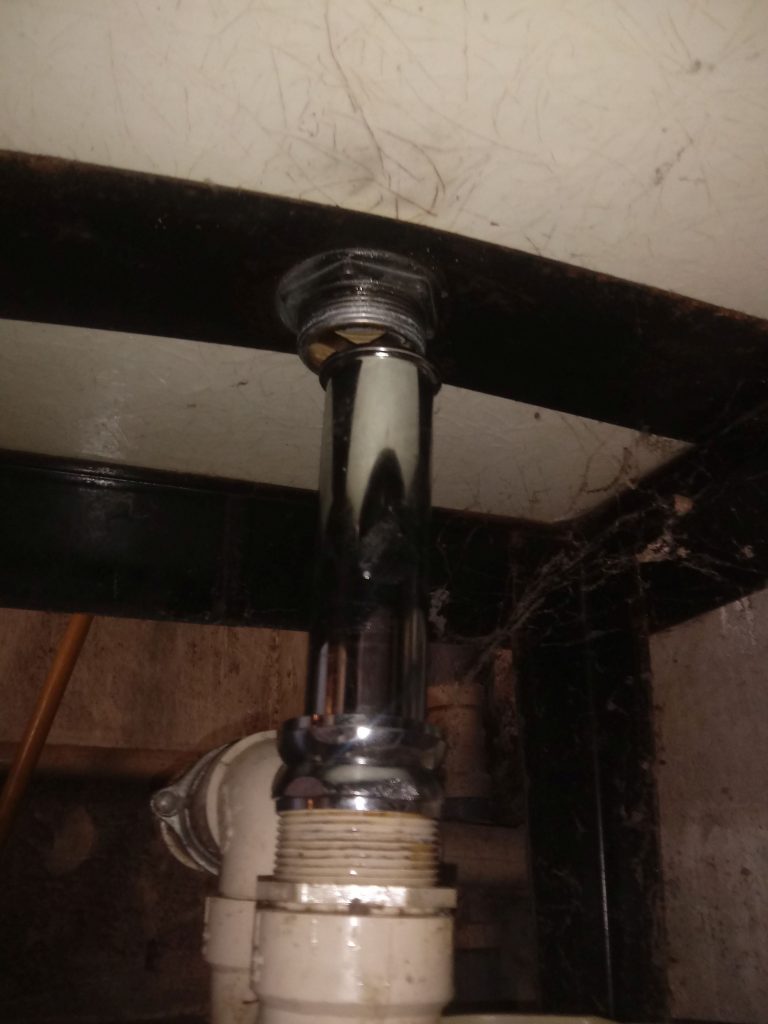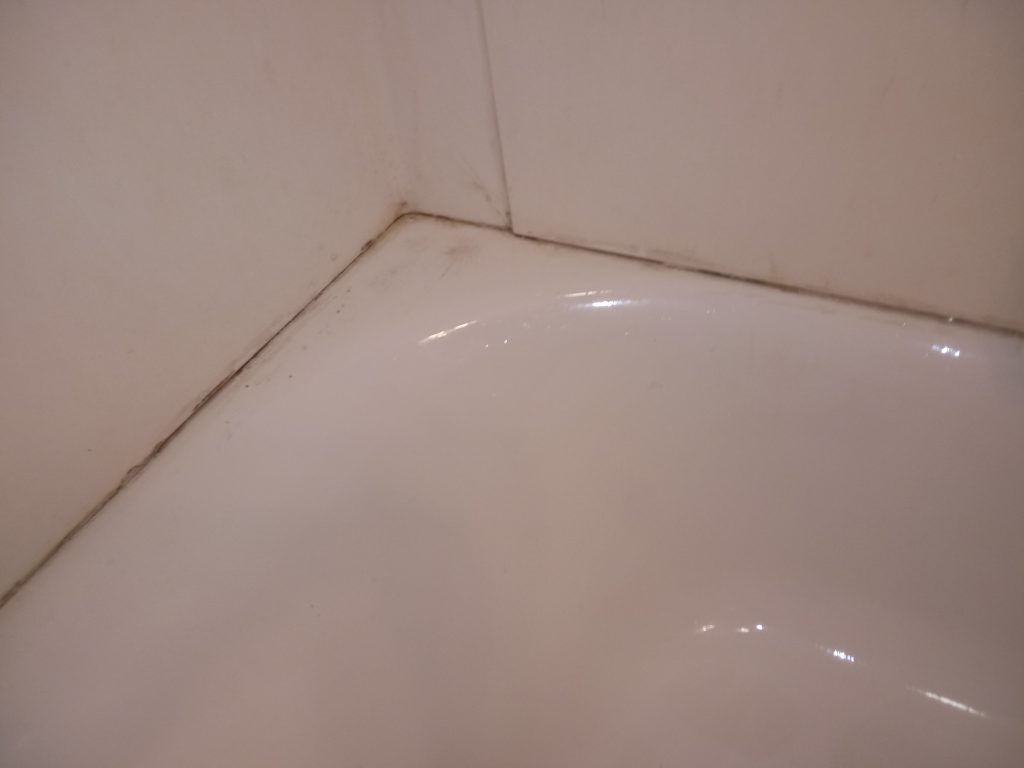This is one of those things that I am sure will mean nothing to anyone but me but . . . here goes.
When I got into the handymanning biz, one thing I quickly learned was, you gotta bring your own screws. This started out simply enough, I had a box of 1 inch and another box of 1.5 inch screws in my drill bag. But even so, I kept finding myself in situations that would be a quick and easy fix . . . IF I JUST HAD A FASTENER THE RIGHT SIZE . . . so I started to invest in all kinds of screws of all lengths, washers, nails, picture frame hangers, scratch removers, toothpicks, butterfly bolts, you name it. And again, with the Covid going on, I finally had some time today to fulfill a promise made to myself a year ago, which is, organize my doodad box. And here is the A side:
And on the B side of the box I have nails, stain pens, claw wall anchors, glazing points, and other items:
Skills and tools are essential of course, but having this kit of multiple fasteners makes me 2-4 times as efficient as I was before I had it. It’s amazing how often I have to go to Ace Hardware and replenish the kit, especially the 3-4″ screws. All in all I have well over $150 worth of fasteners in there. Well worth it.

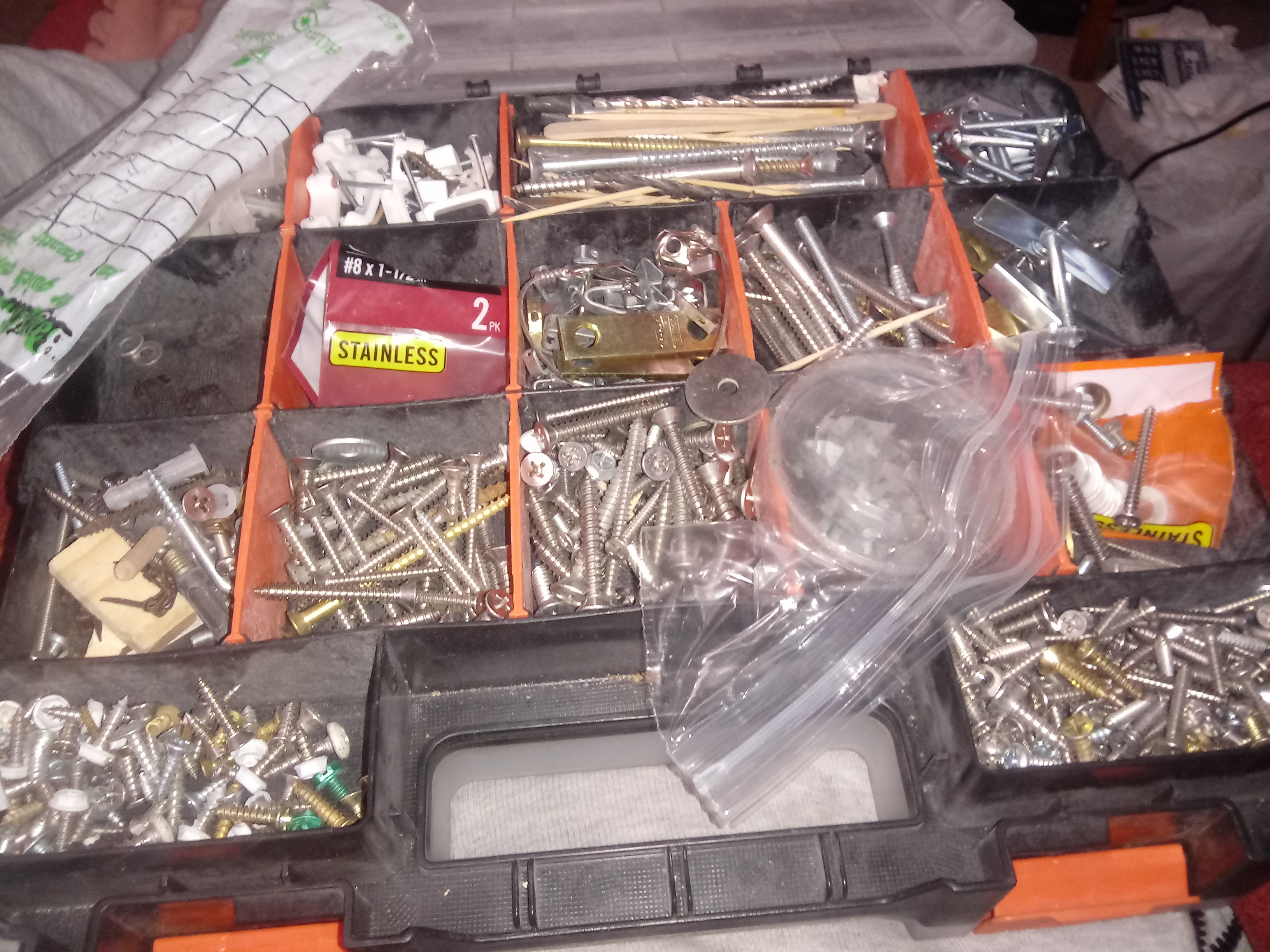
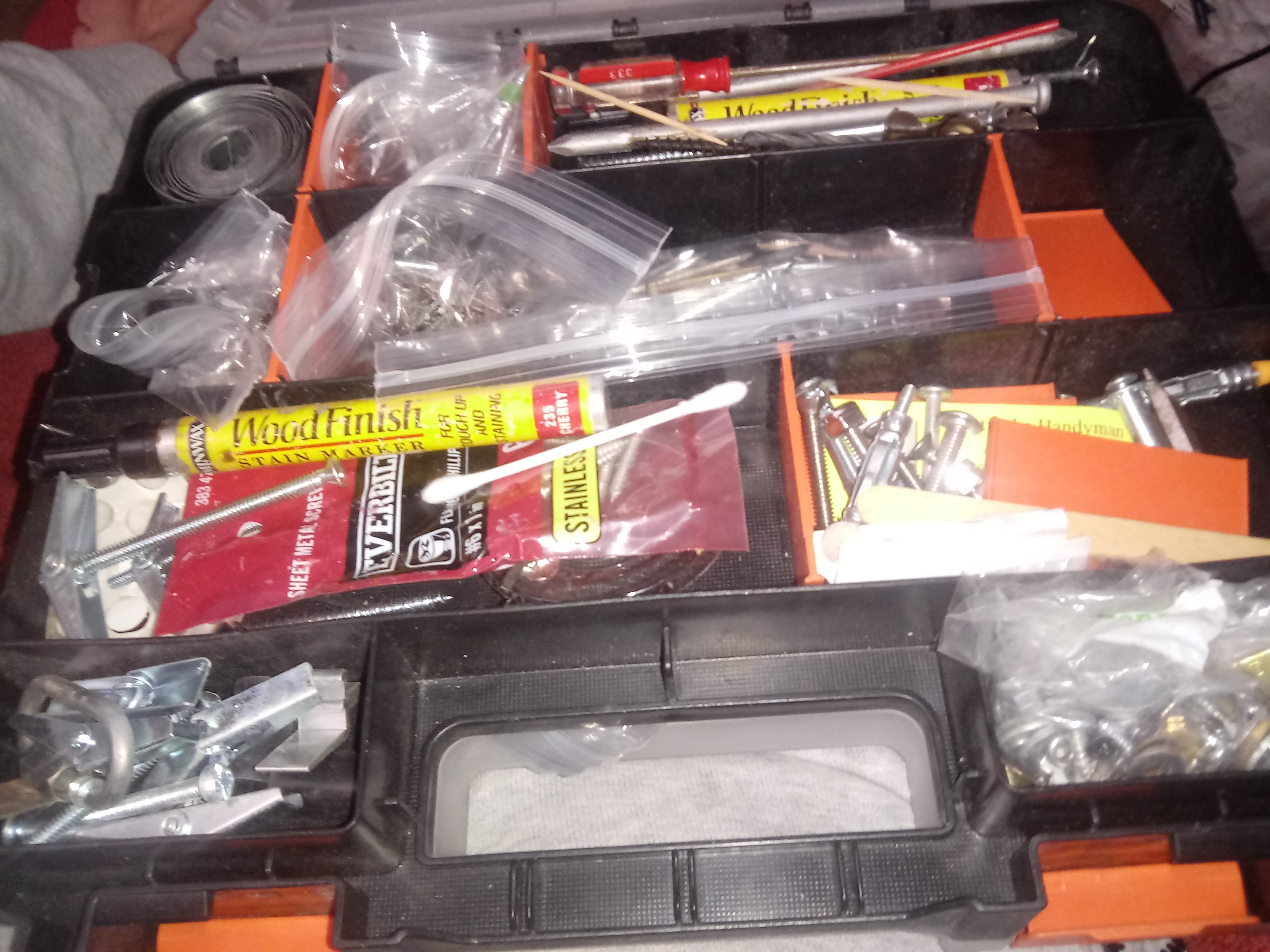


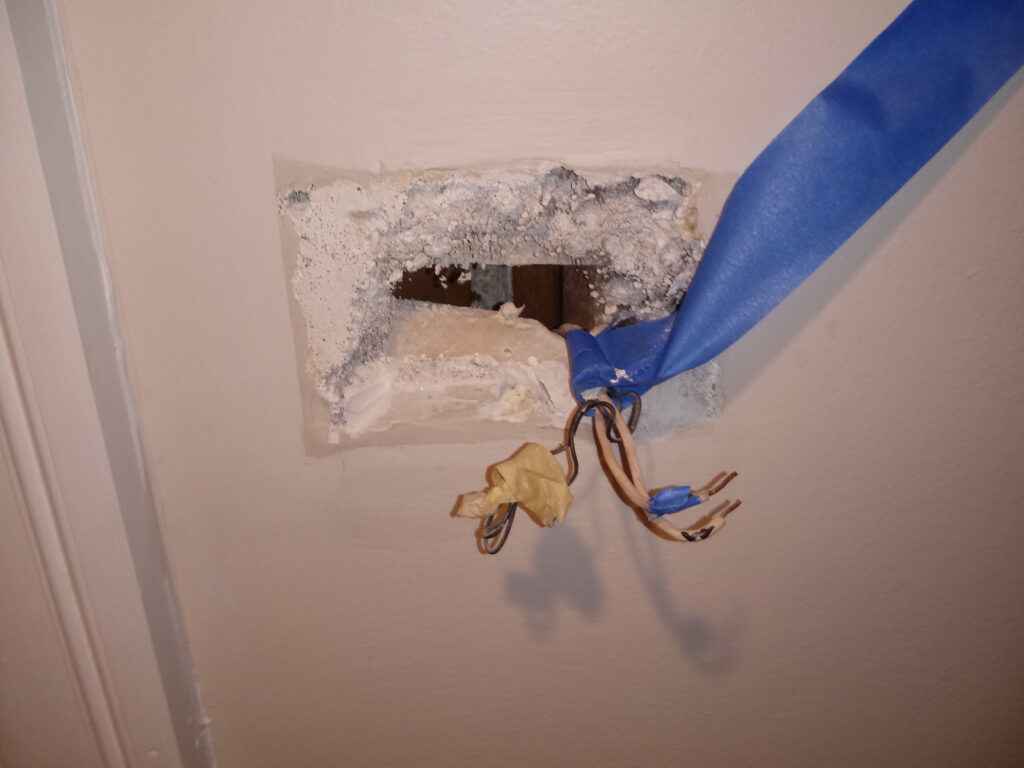
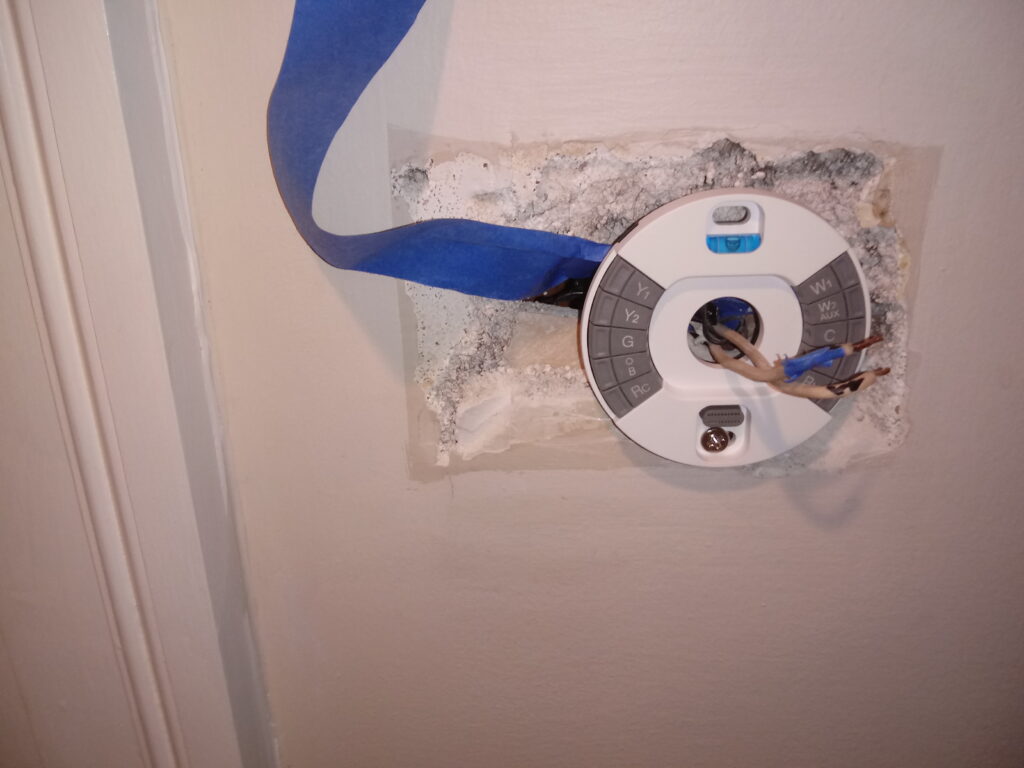

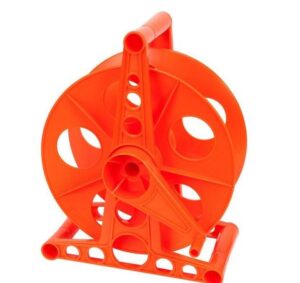
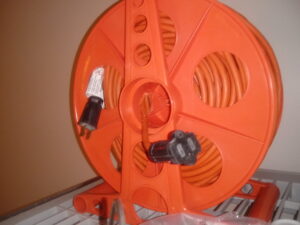
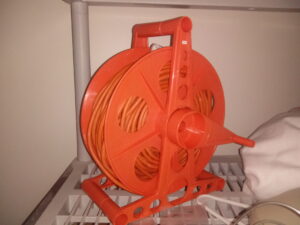
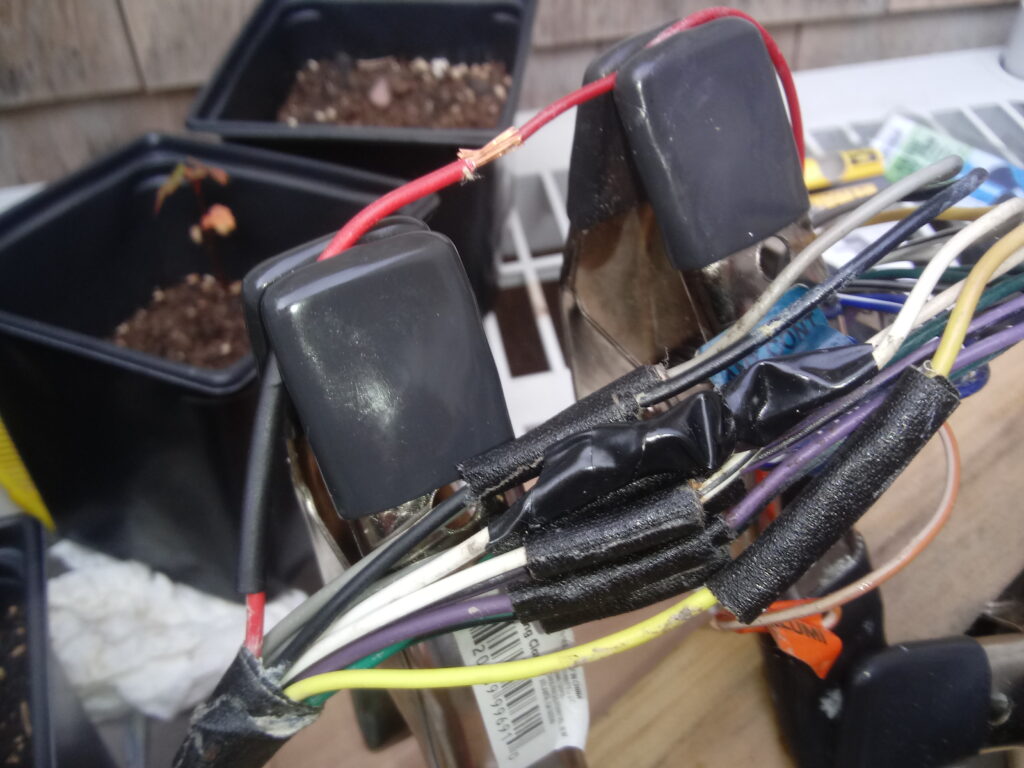
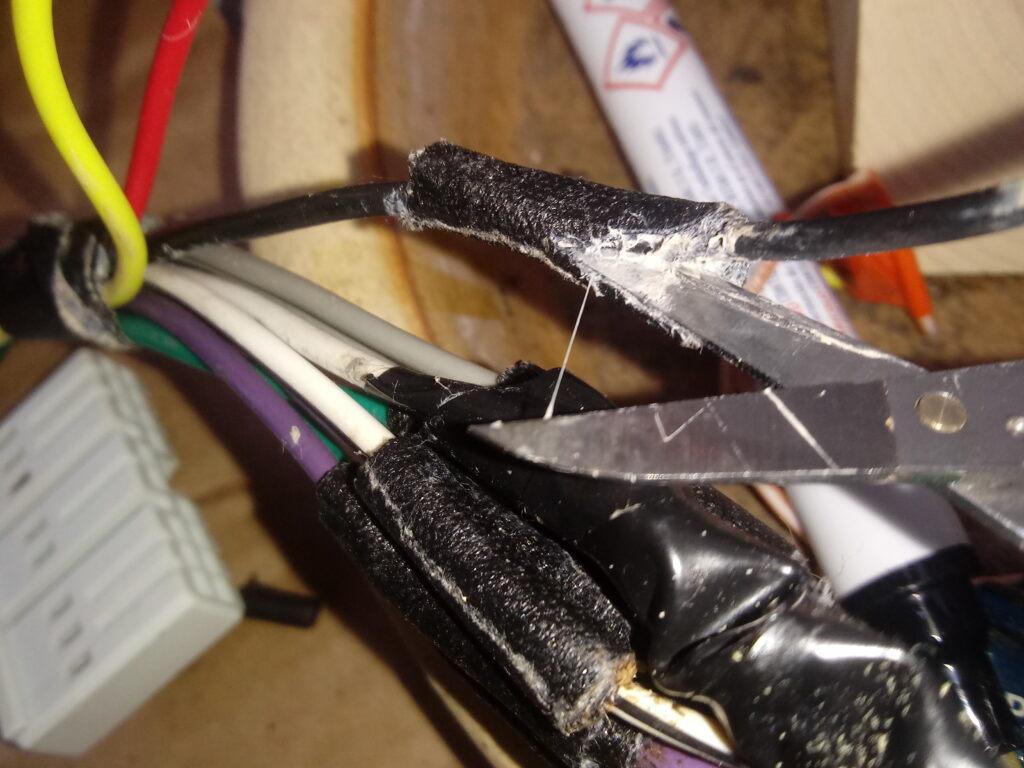
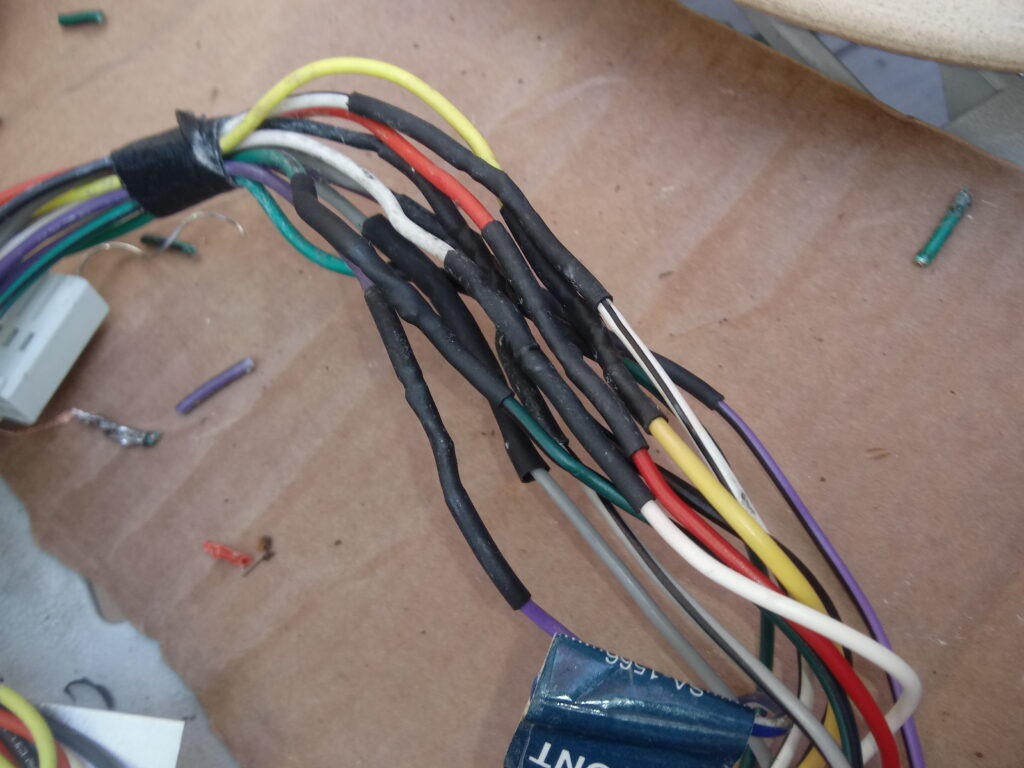
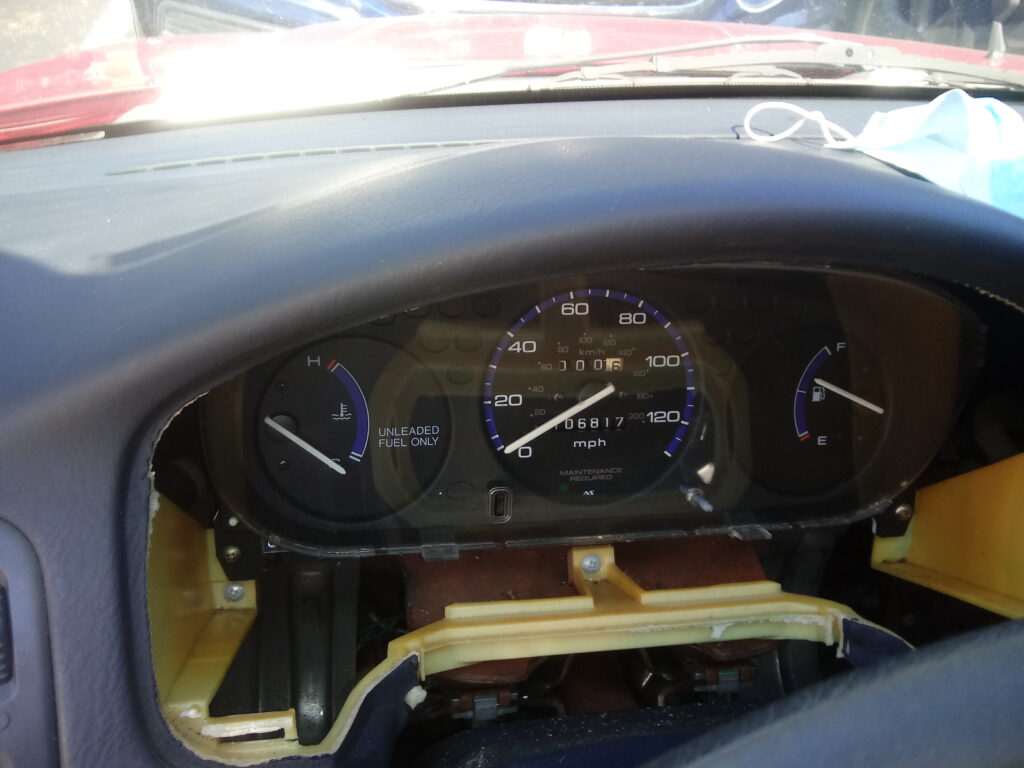




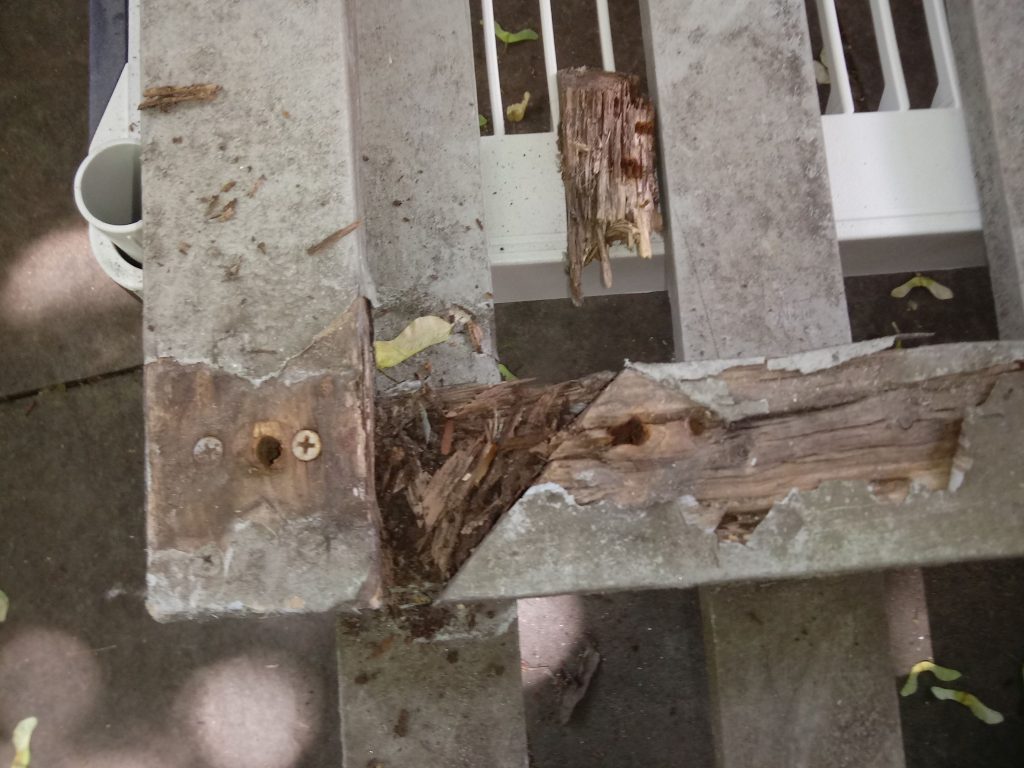
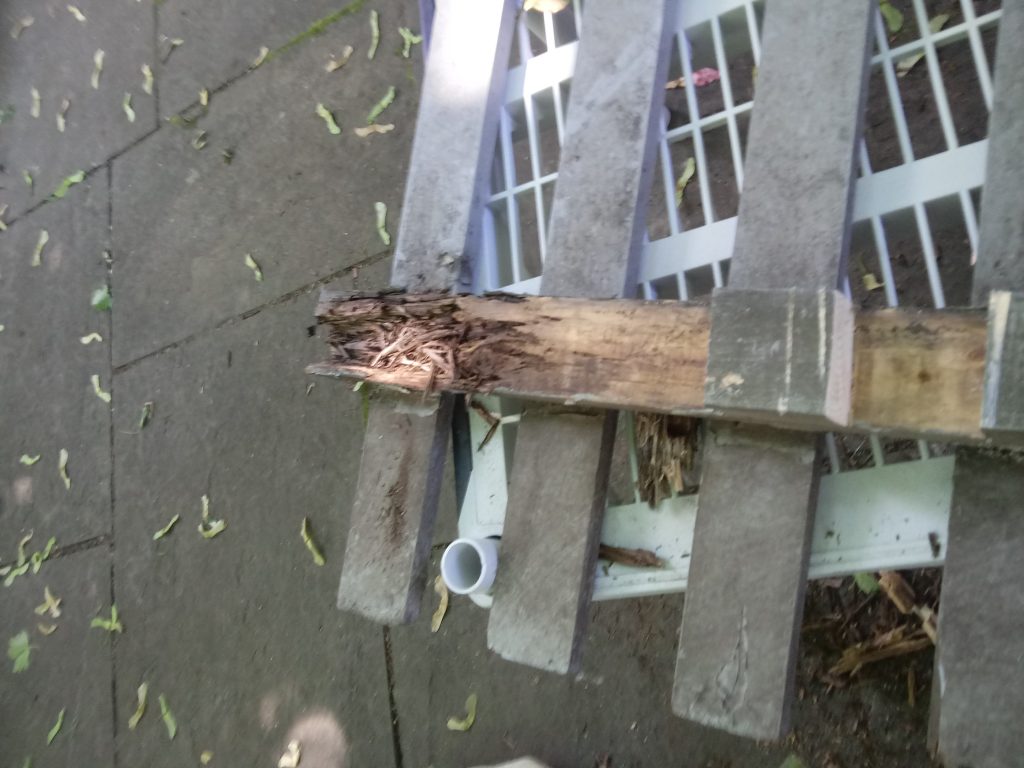

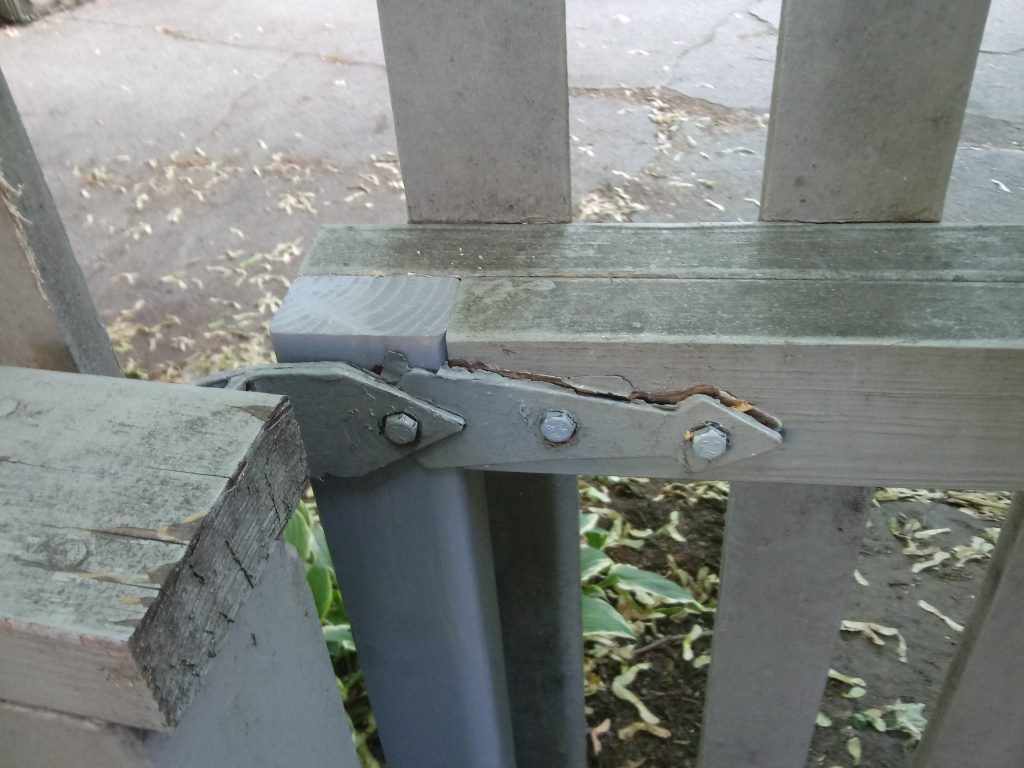
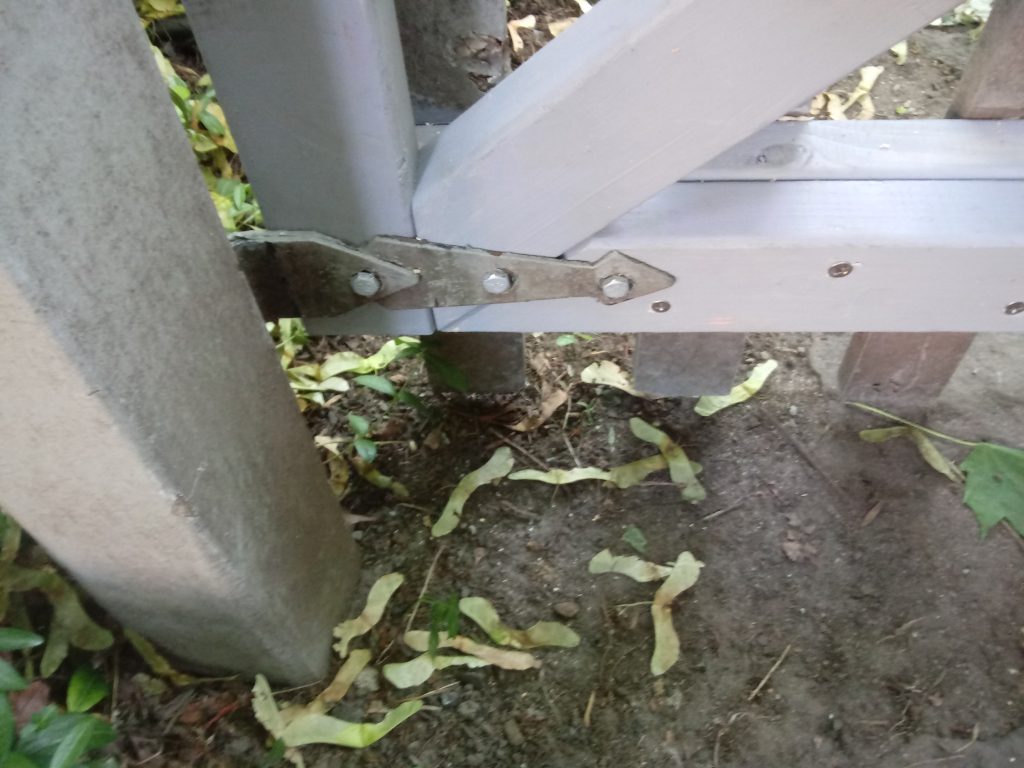
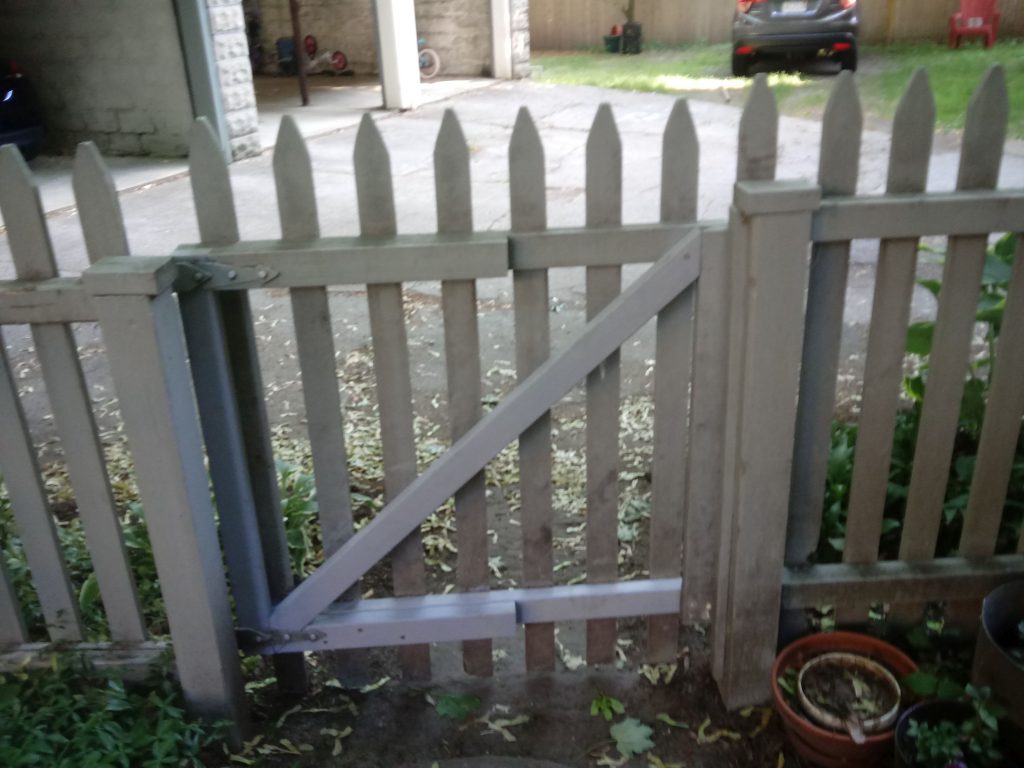 I plan to put painter’s caulk all over to prevent the rot that occurred first time.
I plan to put painter’s caulk all over to prevent the rot that occurred first time.